Find Help
More Items From Ergsy search
-

Exercises for sciatica: herniated or slipped disc | NHS
Relevance: 100%
-
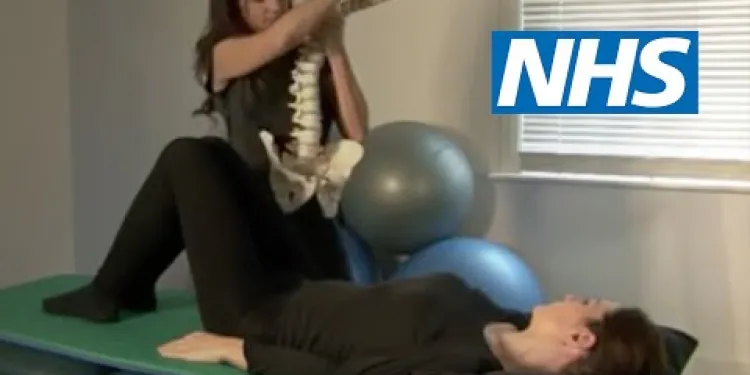
Exercises for sciatica: herniated or slipped disc | NHS
Relevance: 90%
-
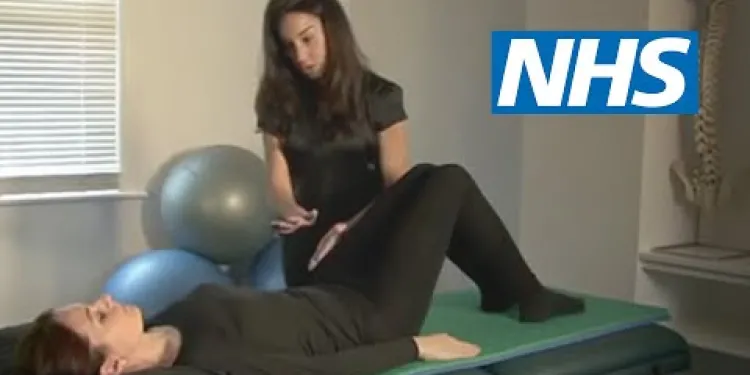
Exercises for sciatica: degenerative disc disease | NHS
Relevance: 67%
-

Evidence-Based Interventions: injections for non-specific low back pain without sciatica
Relevance: 30%
-
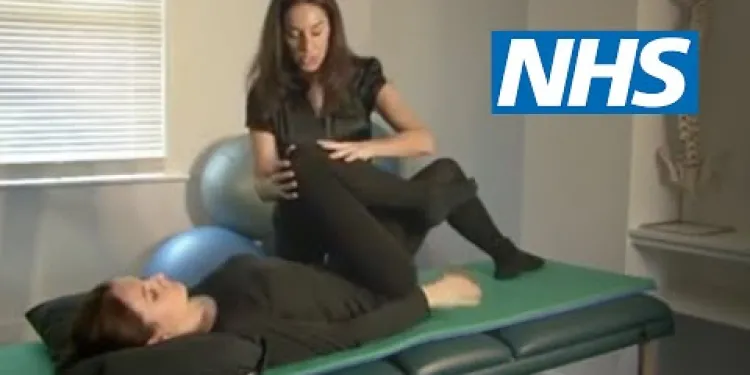
Exercises for sciatica: spinal stenosis | NHS
Relevance: 28%
-

Exercises for sciatica: piriformis syndrome | NHS
Relevance: 23%
-
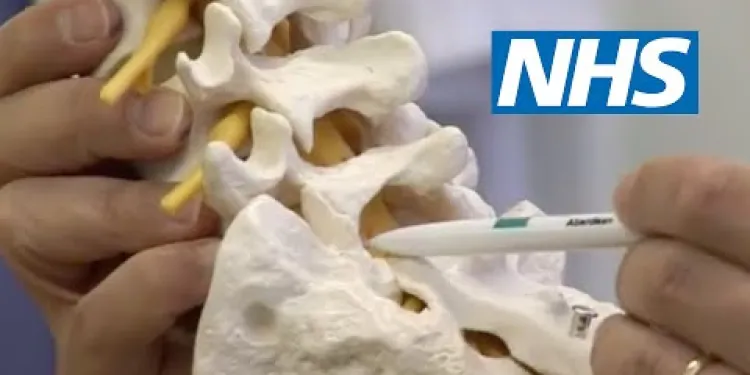
Lumbar surgery | NHS
Relevance: 23%
-
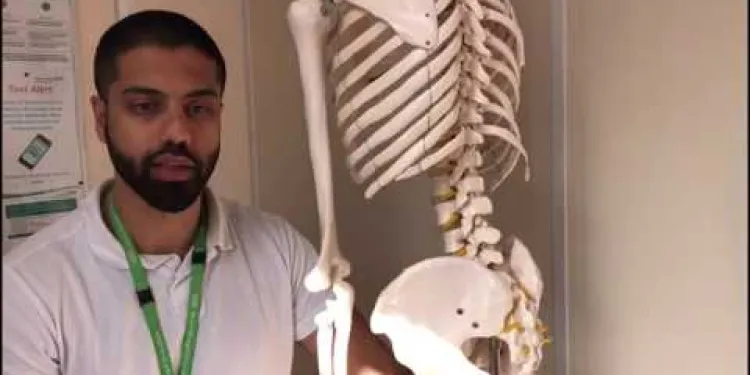
MSK Lower Back Pain information video
Relevance: 17%
-

How to treat back pain | NHS
Relevance: 17%
-

Back stretches | NHS
Relevance: 15%
-

Useful information for patients with lower back pain
Relevance: 12%
-

Neck Exercises
Relevance: 12%
-

Neck Exercises
Relevance: 12%
-

Shoulder Exercises 1
Relevance: 11%
-
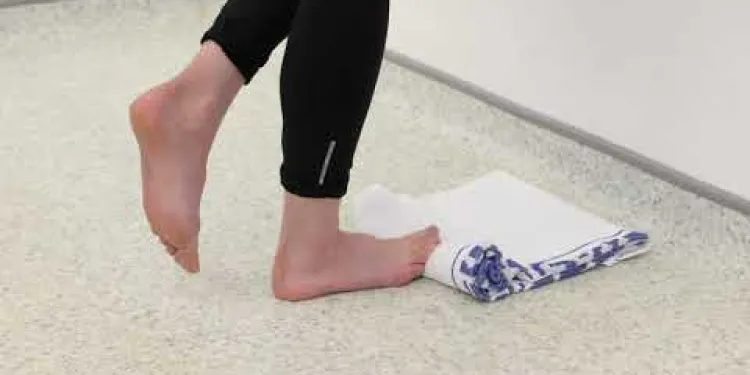
Plantar Fascia Loading Exercise (High Load Exercise)
Relevance: 11%
-

How is whiplash diagnosed?
Relevance: 11%
-

Facial exercise programme
Relevance: 11%
-
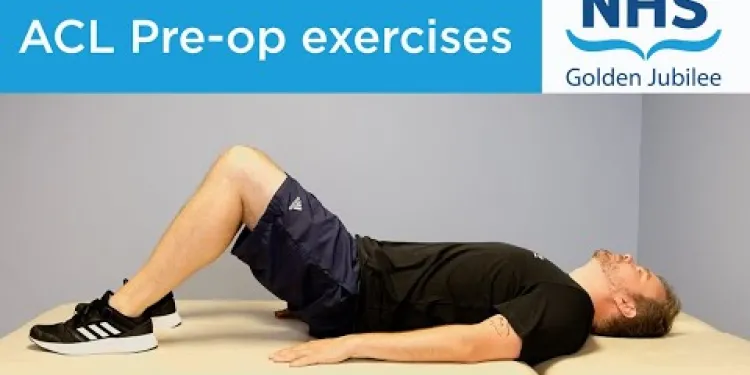
ACL pre-operation exercises
Relevance: 11%
-
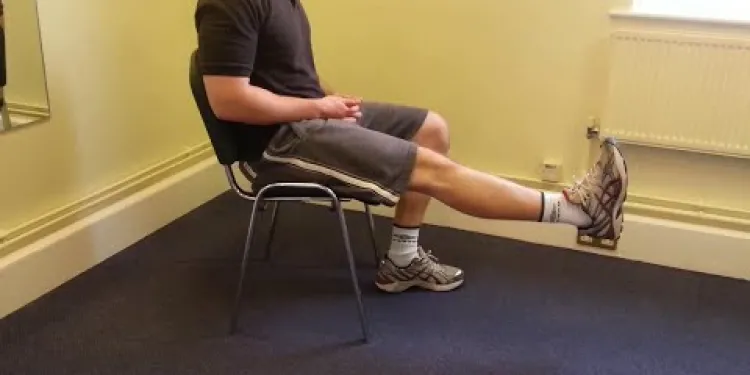
Knee Care Exercises
Relevance: 11%
-
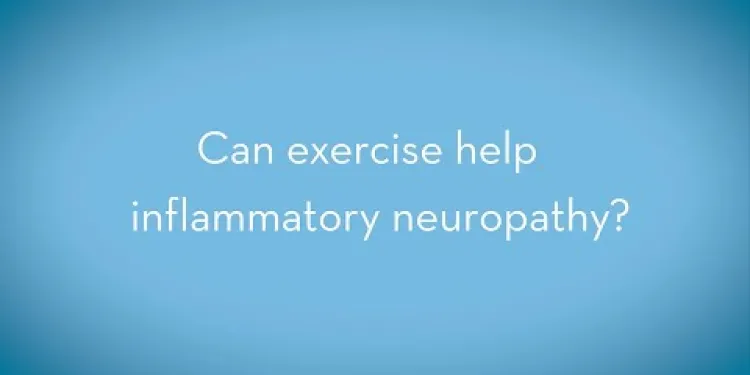
Exercise in patients with a neuropathy
Relevance: 11%
-
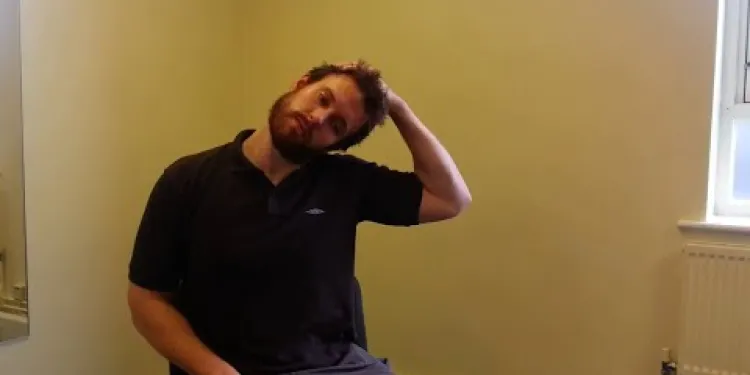
Neck Care Exercises
Relevance: 11%
-

Is it safe to exercise with a cold?
Relevance: 11%
-

ACL exercises post-operation
Relevance: 11%
-
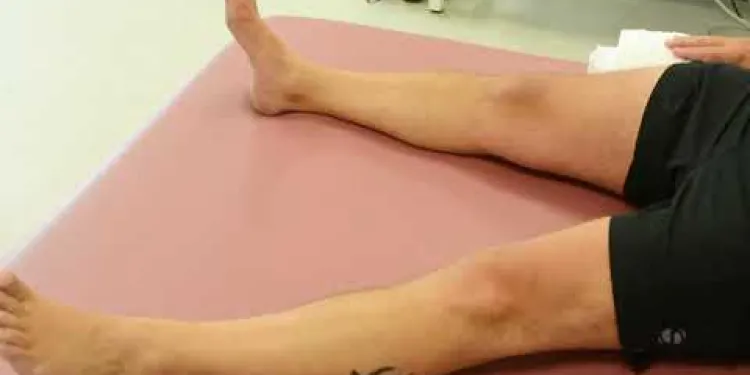
Joint School - Hip Exercises
Relevance: 10%
-
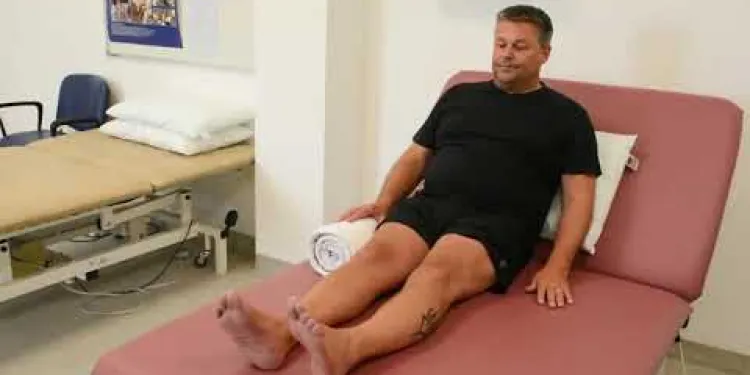
Joint School - Knee Exercises
Relevance: 10%
-

Will I be able to engage in physical exercise?
Relevance: 10%
-
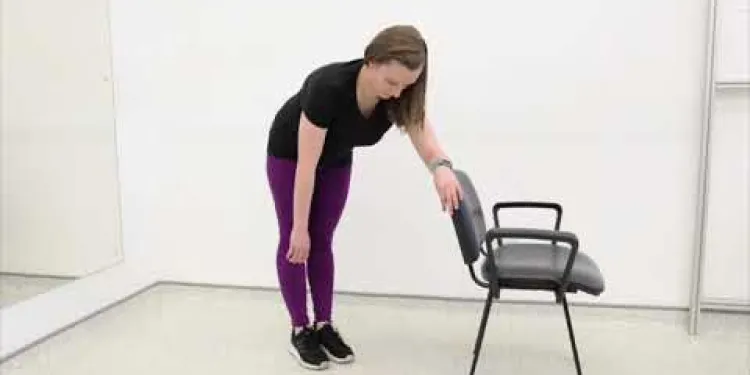
Frozen shoulder Pendular Exercises
Relevance: 10%
-
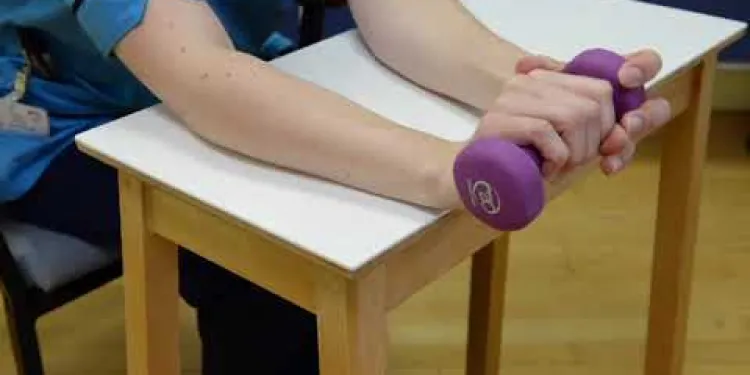
Elbow Eccentric Strengthening Exercise
Relevance: 10%
-

What medical tests are used to diagnose whiplash?
Relevance: 10%
-

Exercise Routines for Busy Parents
Relevance: 10%
-

Can exercises help with labor preparation?
Relevance: 10%
-

Are there any exercises involved in air physiotherapy?
Relevance: 10%
-

How does exercise benefit pregnancy?
Relevance: 10%
-

Falls Prevention - strength and balance exercises
Relevance: 10%
-
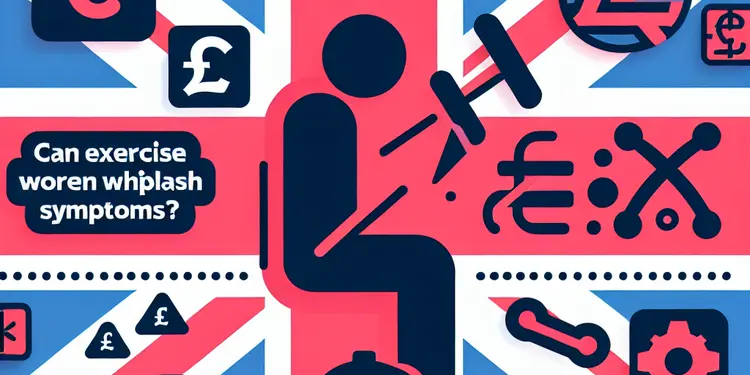
Can exercise worsen whiplash symptoms?
Relevance: 10%
-

Can exercise influence cortisol levels?
Relevance: 10%
-

Can I do high-impact exercises while pregnant?
Relevance: 10%
-

Can I do abdominal exercises during pregnancy?
Relevance: 10%
-
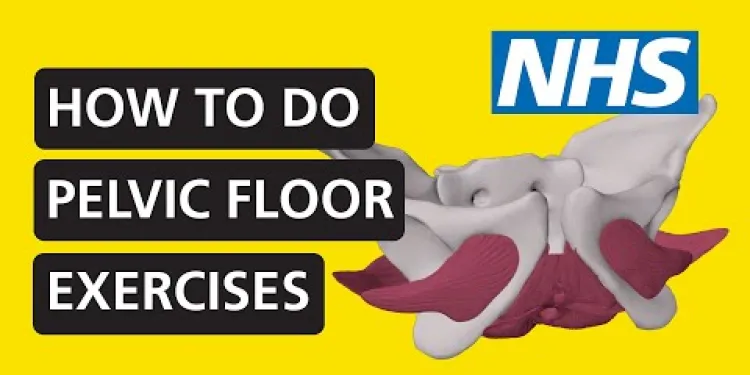
How to do pelvic floor exercises | NHS
Relevance: 10%
-

Is it safe to exercise outside during a heatwave?
Relevance: 10%
Exercises for Sciatica: Herniated or Slipped Disc | NHS
Introduction
Sciatica is a condition that can cause significant pain and discomfort due to pressure on the sciatic nerve. Specifically, a herniated or slipped disc can exacerbate these symptoms. Fortunately, there are exercises that can help alleviate pain and promote healing. This guide, based on NHS recommendations, will provide you with effective exercises to manage sciatica.Benefits of Exercise for Sciatica
Engaging in regular exercise can offer multiple benefits for those suffering from sciatica due to a herniated or slipped disc. Exercises help to:- Reduce inflammation and muscle tension
- Strengthen supporting muscles in the back and abdomen
- Improve flexibility and range of motion
- Enhance circulation and promote the healing process
- Prevent future occurrences of sciatica
Recommended Exercises
The following exercises are commonly recommended by NHS professionals to help manage sciatica symptoms:Modified Hamstring Stretch
- Sit on the edge of a chair, keeping one foot flat on the floor.
- Extend your other leg in front of you, with the heel resting on the floor.
- Gently lean forward from your hips until you feel a stretch in the back of your thigh.
- Hold for 20-30 seconds and repeat 3 times on each leg.
Knee to Chest Stretch
- Lie on your back with your knees bent and feet flat on the floor.
- Gently pull one knee towards your chest, using both hands.
- Hold for 20-30 seconds and switch to the other leg.
- Repeat 3 times for each leg.
Pelvic Tilt
- Lie on your back with knees bent and feet flat on the floor.
- Tighten your abdominal muscles and press your lower back into the floor.
- Hold the position for 5-10 seconds and then relax.
- Repeat 10-15 times.
Piriformis Stretch
- Lie on your back and cross one leg over the other, placing your ankle on the opposite knee.
- Gently pull the uncrossed leg towards your chest.
- You should feel a stretch in your buttocks and lower back.
- Hold for 20-30 seconds and repeat 3 times for each leg.
When to Seek Medical Advice
While these exercises can be beneficial, it's essential to consult with a healthcare professional before starting any new exercise regimen, especially if you have severe pain or other symptoms. If your sciatica symptoms persist or worsen despite exercise, seek medical advice promptly.Conclusion
Including these exercises in your daily routine can help manage and alleviate sciatica symptoms from a herniated or slipped disc. However, always follow the advice of healthcare professionals and remain consistent with your exercise practice for the best results. The NHS provides a wealth of resources and support, so don't hesitate to reach out if you need additional guidance.Disclaimer
This article is intended for informational purposes only and does not substitute professional medical advice. Always consult with a healthcare provider for personalized recommendations and treatment options.Exercises for Sciatica: Herniated or Slipped Disc | NHS
Introduction
Sciatica happens when there is pain because something is pressing on a big nerve in your lower back called the sciatic nerve. A part of the spine called a disc can move out of place and cause more pain. But doing exercises can help you feel better. This guide shows you exercises that can help with sciatica.Benefits of Exercise for Sciatica
Doing exercises regularly can help people with sciatica. Exercise can:- Make swelling and tight muscles go away
- Make the muscles in your back and belly stronger
- Help you move better
- Help blood flow and make healing faster
- Stop sciatica from happening again
Recommended Exercises
Here are some exercises suggested by NHS doctors to help sciatica feel better:Modified Hamstring Stretch
- Sit on the edge of a chair. Keep one foot on the floor.
- Stretch the other leg out in front. Keep the heel on the floor.
- Lean forward gently from your hips. You should feel a stretch in the back of your leg.
- Stay like this for 20-30 seconds. Do this 3 times for each leg.
Knee to Chest Stretch
- Lie on your back. Bend your knees and put your feet flat on the floor.
- Pull one knee towards your chest gently using your hands.
- Stay like this for 20-30 seconds. Then switch to the other leg.
- Do this 3 times for each leg.
Pelvic Tilt
- Lie on your back. Bend your knees and put your feet flat on the floor.
- Make your belly muscles tight and press your lower back into the floor.
- Stay like this for 5-10 seconds. Then relax.
- Do this 10-15 times.
Piriformis Stretch
- Lie on your back. Cross one leg over the other. Rest your ankle on the other knee.
- Gently pull the leg that is not crossed towards your chest.
- You should feel a stretch in your bottom and lower back.
- Stay like this for 20-30 seconds. Do this 3 times for each leg.
When to Seek Medical Advice
These exercises can help, but it's important to talk to a doctor before starting. If you have a lot of pain or other problems, see a doctor. If your sciatica doesn’t get better or gets worse, ask a doctor for help.Conclusion
Doing these exercises every day can help you feel better if you have sciatica from a slipped or herniated disc. Make sure to follow the advice of doctors and be consistent with your exercises for the best results. If you need more help, the NHS has many resources.Disclaimer
This guide is for information only and does not replace a doctor’s advice. Always talk to a healthcare provider for recommendations and treatment that is just for you.Frequently Asked Questions
What is sciatica?
Sciatica is a condition where pain radiates along the path of the sciatic nerve, which runs from your lower back, through your hips and buttocks, and down each leg. It usually occurs when a herniated or slipped disc compresses part of the nerve.
What are common symptoms of sciatica?
Common symptoms include lower back pain, pain in the buttock or leg that worsens when sitting, hip pain, burning or tingling down the leg, and weakness or numbness in the leg or foot.
Can exercises help manage sciatica from a herniated disc?
Yes, exercises can help manage and alleviate pain from sciatica by strengthening the muscles supporting the spine and improving flexibility and posture.
What types of exercises are recommended for sciatica?
Recommended exercises include pelvic tilts, knee to chest stretches, lower trunk rotations, and certain yoga poses like the child's pose.
Are there any exercises to avoid if I have sciatica?
Yes, you should avoid exercises that exacerbate the pain, such as heavy lifting, twisting movements, and high-impact activities like running or jumping.
How often should I do these exercises?
It is generally recommended to perform these exercises daily or as advised by your healthcare provider. Consistency is key to managing symptoms.
Can these exercises cure sciatica?
While exercises can significantly alleviate symptoms and improve quality of life, they may not completely cure the underlying condition. Always consult with a healthcare provider for a comprehensive treatment plan.
Should I consult a doctor before starting exercises for sciatica?
Yes, it is important to consult a healthcare provider to ensure the exercises are appropriate for your specific condition and to avoid any risk of further injury.
Can poor posture aggravate sciatica?
Yes, poor posture can strain the spine and aggravate sciatica symptoms. Proper posture helps to reduce pressure on the sciatic nerve.
Is it safe to continue working with sciatica?
Many people with sciatica can continue working, especially if the job involves light duties. However, it's important to avoid activities that worsen your pain and to discuss work modifications with your employer.
Are there any other treatments for sciatica aside from exercises?
Yes, other treatments may include pain medications, physical therapy, corticosteroid injections, and in severe cases, surgery. Consulting a healthcare provider is crucial for a tailored treatment plan.
What is a herniated or slipped disc?
A herniated or slipped disc occurs when the soft cushion of tissue between the bones in your spine pushes out. This can pressure the surrounding nerves, including the sciatic nerve.
Can weight loss help with sciatica symptoms?
Yes, maintaining a healthy weight can reduce pressure on your spine and sciatic nerve, potentially alleviating symptoms of sciatica.
Are there any lifestyle changes that can help with sciatica?
Lifestyle changes such as regular physical activity, maintaining good posture, using proper lifting techniques, and quitting smoking can help manage sciatica symptoms.
What is the role of physical therapy in sciatica treatment?
Physical therapy plays a crucial role in sciatica treatment by providing specific exercises to strengthen the muscles supporting the spine, improving flexibility, and teaching proper movement techniques to avoid further injury.
What is sciatica?
Sciatica is when you feel pain in your back, bottom, or leg.
This happens because a big nerve, called the sciatic nerve, gets squeezed or hurt.
If you have sciatica, your back, bottom, or leg might feel tingly, weak, or hurt.
If it hurts a lot, you can talk to a doctor.
Things like stretching or using a warm cloth can help you feel better.
Sciatica is when you feel pain along the big nerve in your back. This nerve goes from your lower back, through your hips and bottom, and down each leg. This pain happens when something like a slipped disc pushes on the nerve.
What are the signs of sciatica?
Sciatica can make you feel:
- Pain in your back or bottom
- Leg pain
- Tingling legs or feet, like pins and needles
- Weak legs
If you think you have sciatica, tell a doctor or ask someone you trust to help you. Using a heat pack on your back can help. Rest and gentle stretching can also make you feel better.
Some signs that you might have a problem are:
- Your lower back hurts.
- Your buttock or leg hurts more when you sit down.
- Your hip hurts.
- You feel a burning or tingling feeling down your leg.
- Your leg or foot feels weak or numb.
If you feel these things, you can try telling an adult or doctor. They can help you.
You can also use tools like pictures to understand better. When reading, try using a ruler or finger to follow the words.
Can exercises help with back pain from a slipped disc?
Yes, exercises can help. When a disc in your back slips out, it can cause pain called sciatica. Simple, gentle exercises can make you feel better.
It is always good to talk to a doctor or a physiotherapist before you start. They can show you which exercises are safe and helpful.
Some useful tools to help with exercises are:
- Exercise mats for comfort.
- Stretch bands for easy strength exercises.
- Online videos with simple exercises.
Remember to go slow and stop if you feel pain.
Yes, doing exercises can help with sciatica pain. Exercises make your back muscles stronger. This helps to support your spine. They also help you move more easily and stand up straight.
What exercises can help sciatica?
If you have sciatica, some exercises can help you. These exercises can make you feel better.
Here are some exercises that are good:
- Walking - Try to walk a little bit every day.
- Stretching - Gently stretch your back and legs.
- Swimming - Swimming can be fun and kind to your back.
- Pilates - Helps to make your tummy and back stronger.
It is important to do exercises slowly and gently. Stop if it hurts. Ask a doctor or a physiotherapist for advice.
You can also use tools like videos and pictures to help you learn how to do the exercises.
Here are some easy exercises you can try:
- Pelvic tilts: Move your tummy up and down while lying on your back.
- Knee to chest stretches: Lie on your back and pull your knees gently towards your chest.
- Lower trunk rotations: Lie on your back and gently rock your legs side to side.
- Child's pose: Sit on your knees, stretch your arms forward, and rest your head down.
You can use apps or videos to help show you how to do these exercises.
What exercises should I not do if I have sciatica?
Yes, you should not do exercises that make the pain worse. Avoid lifting heavy things, twisting your body, and doing things like running or jumping.
If you need help, ask a grown-up or a doctor.
How many times should I do these exercises?
You can do these exercises every day. This will help you get better and stronger.
If you need help to remember, you can use a calendar or set a reminder on your phone.
It is a good idea to do these exercises every day. You can also ask your doctor for advice. Doing them regularly helps you feel better.
Can these exercises stop sciatica pain?
Exercise can help you feel better and make your life easier. But exercise might not make the health problem go away completely. Always talk to a doctor to find the best way to get better.
Do I need to talk to a doctor before doing exercises for sciatica?
Sciatica can cause pain in your back and legs. It is important to be careful when you exercise.
Here are some steps to help you:
- Ask a doctor or a nurse for advice. They can tell you what is best for you.
- If the exercises hurt, stop and tell a grown-up.
- Use pictures or videos to see how to do the exercises safely.
Remember, it is okay to ask for help if you need it!
It's good to talk to a doctor before doing exercises. They will tell you which exercises are safe for you. This helps you stay safe and not get hurt.
Can bad posture make sciatica worse?
Sitting or standing in a bad way can make sciatica hurt more.
Tips:
- Try to sit or stand up straight.
- You can use a pillow or cushion for your back.
- If it hurts a lot, talk to someone like a doctor who can help.
Yes, sitting or standing the wrong way can hurt your back. It can make sciatica pain worse. Sitting or standing the right way helps your back feel better and reduces pressure on the sciatic nerve.
Is it safe to keep working if you have sciatica?
If your back or leg hurts, it is called sciatica. Here are some tips if you have sciatica:
- Listen to your body. If it hurts too much, you should rest.
- Talk to your doctor. They can help you decide what is safe to do.
- Use tools to help. A special chair or a cushion can make sitting easier.
- Try simple exercises. Stretching can help your back feel better.
Always remember, taking a break is okay if you need it.
If you have sciatica, you can still go to work. Try to do jobs that are not too hard on your body. Talk to your boss if your job causes you pain. See if you can change some things at work to help you feel better.
What else can help with sciatica besides exercises?
Sciatica can hurt your back, leg, or bottom. Here are some things that might help:
- Medicine: You can take pills to help with pain. Ask a doctor first.
- Heat and Ice: A warm towel or ice pack can feel nice and help with pain. Put it on for 15 minutes.
- Rest: Rest can help, but don’t stay in bed for too long.
- Massage: A massage can help your muscles feel better.
- Physical Therapy: A therapist can show you special stretches.
Talk to a doctor to learn more!
Yes, there are other ways to help. You can take medicine for pain, do exercises, get special injections, and sometimes have surgery. It is important to talk to a doctor to find out what is best for you.
What is a Slipped Disc?
Your back has bones called vertebrae. These bones have soft cushions between them. A slipped disc is when one of these cushions moves out of place.
A slipped disc can cause back pain.
If you need help, you can:
- Ask a doctor or nurse for advice.
- Use pictures or videos to understand better.
- Talk to someone you trust about it.
A herniated or slipped disc happens when the soft pad between the bones in your back comes out. This can push on the nearby nerves, like the sciatic nerve.
Can losing weight help with sciatica pain?
If you lose weight, it might help with sciatica pain. Sciatica is when your back hurts, and the pain can go down your leg.
Here are some things that might help:
- Talk to a doctor or a nurse.
- Go for gentle walks or try stretching exercises.
- Eat healthy foods like fruits and vegetables.
- Ask someone to help you understand any hard words.
Keeping your body at a healthy weight is important. It can help your back and the big nerve in your leg feel better. This might make your pain less bad.
Can changing how I live help with sciatica?
There are some things you can do to help with sciatica. Try to do these:
- Exercise regularly. This means you should move your body every day.
- Sit and stand up straight. This is called good posture.
- Lift things the right way. Bend your knees and keep your back straight.
- If you smoke, try to stop. Smoking can make sciatica worse.
These ideas can help you feel better.
How can physical therapy help with sciatica?
Physical therapy can help people who have sciatica. Sciatica is when you have pain in your leg because of a problem in your back.
Here are some ways physical therapy can help:
- Exercises: Physical therapy teaches you exercises. These exercises help make your back and leg strong.
- Stretching: Stretching helps you move better. It can make your muscles less tight.
- Pain Relief: Some exercises can help lower your pain.
- Posture Help: Physical therapists show you how to sit and stand in a way that is good for your body.
If you have trouble reading, you can ask someone for help. You can also use tools that read the text out loud to you.
Physical therapy is very important for helping with sciatica. It gives you special exercises to make your back muscles stronger. It also helps you move better and teaches you the right way to move so you don't get hurt again.
Useful Links
- Ergsy carfully checks the information in the videos we provide here.
- Videos shown by Youtube after a video has completed, have NOT been reviewed by ERGSY.
- To view, click the arrow in centre of video.
- Most of the videos you find here will have subtitles and/or closed captions available.
- You may need to turn these on, and choose your preferred language.
- Go to the video you'd like to watch.
- If closed captions (CC) are available, settings will be visible on the bottom right of the video player.
- To turn on Captions, click settings .
- To turn off Captions, click settings again.
More Items From Ergsy search
-

Exercises for sciatica: herniated or slipped disc | NHS
Relevance: 100%
-

Exercises for sciatica: herniated or slipped disc | NHS
Relevance: 90%
-

Exercises for sciatica: degenerative disc disease | NHS
Relevance: 67%
-

Evidence-Based Interventions: injections for non-specific low back pain without sciatica
Relevance: 30%
-

Exercises for sciatica: spinal stenosis | NHS
Relevance: 28%
-

Exercises for sciatica: piriformis syndrome | NHS
Relevance: 23%
-

Lumbar surgery | NHS
Relevance: 23%
-

MSK Lower Back Pain information video
Relevance: 17%
-

How to treat back pain | NHS
Relevance: 17%
-

Back stretches | NHS
Relevance: 15%
-

Useful information for patients with lower back pain
Relevance: 12%
-

Neck Exercises
Relevance: 12%
-

Neck Exercises
Relevance: 12%
-

Shoulder Exercises 1
Relevance: 11%
-

Plantar Fascia Loading Exercise (High Load Exercise)
Relevance: 11%
-

How is whiplash diagnosed?
Relevance: 11%
-

Facial exercise programme
Relevance: 11%
-

ACL pre-operation exercises
Relevance: 11%
-

Knee Care Exercises
Relevance: 11%
-

Exercise in patients with a neuropathy
Relevance: 11%
-

Neck Care Exercises
Relevance: 11%
-

Is it safe to exercise with a cold?
Relevance: 11%
-

ACL exercises post-operation
Relevance: 11%
-

Joint School - Hip Exercises
Relevance: 10%
-

Joint School - Knee Exercises
Relevance: 10%
-

Will I be able to engage in physical exercise?
Relevance: 10%
-

Frozen shoulder Pendular Exercises
Relevance: 10%
-

Elbow Eccentric Strengthening Exercise
Relevance: 10%
-

What medical tests are used to diagnose whiplash?
Relevance: 10%
-

Exercise Routines for Busy Parents
Relevance: 10%
-

Can exercises help with labor preparation?
Relevance: 10%
-

Are there any exercises involved in air physiotherapy?
Relevance: 10%
-

How does exercise benefit pregnancy?
Relevance: 10%
-

Falls Prevention - strength and balance exercises
Relevance: 10%
-

Can exercise worsen whiplash symptoms?
Relevance: 10%
-

Can exercise influence cortisol levels?
Relevance: 10%
-

Can I do high-impact exercises while pregnant?
Relevance: 10%
-

Can I do abdominal exercises during pregnancy?
Relevance: 10%
-

How to do pelvic floor exercises | NHS
Relevance: 10%
-

Is it safe to exercise outside during a heatwave?
Relevance: 10%


